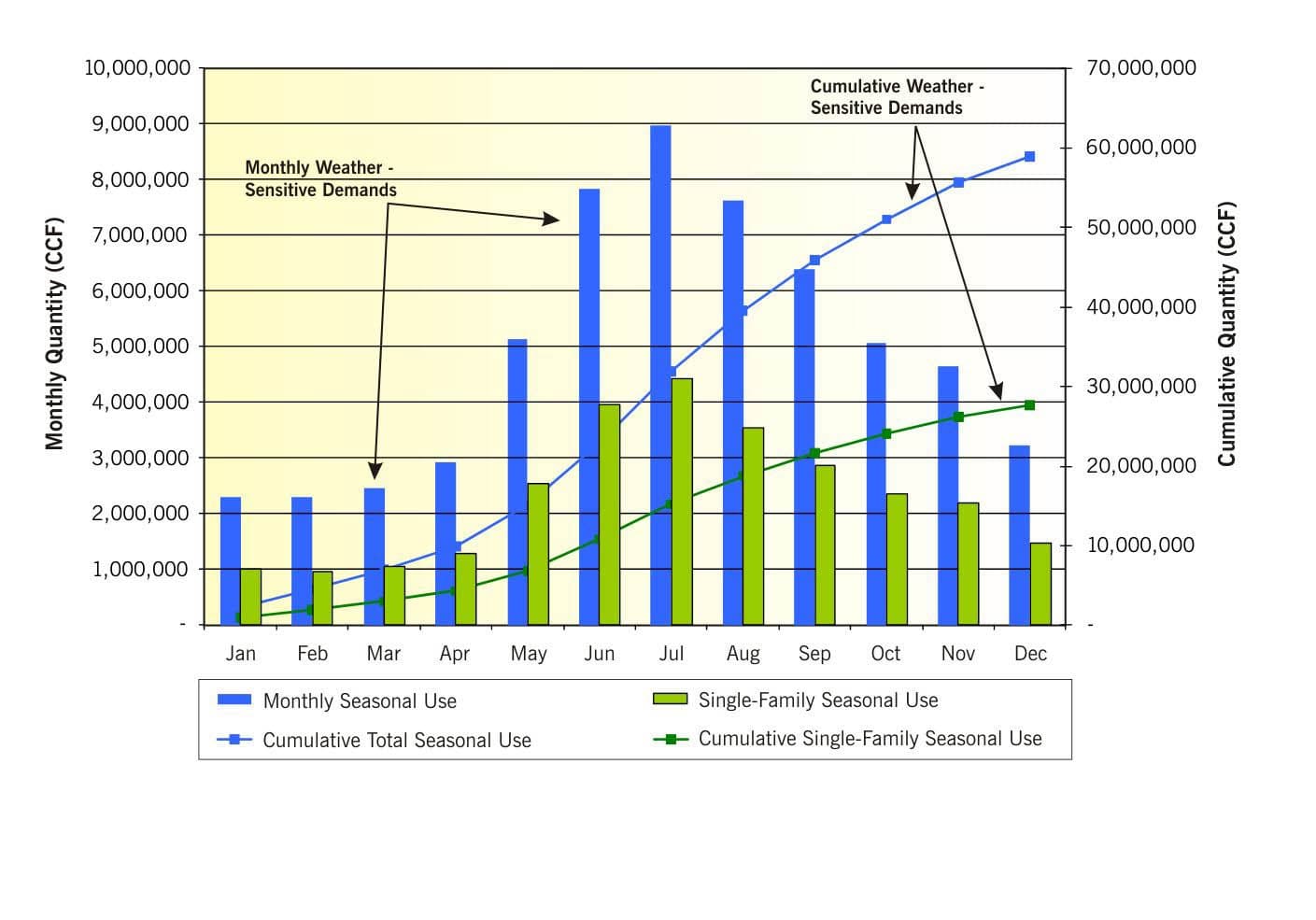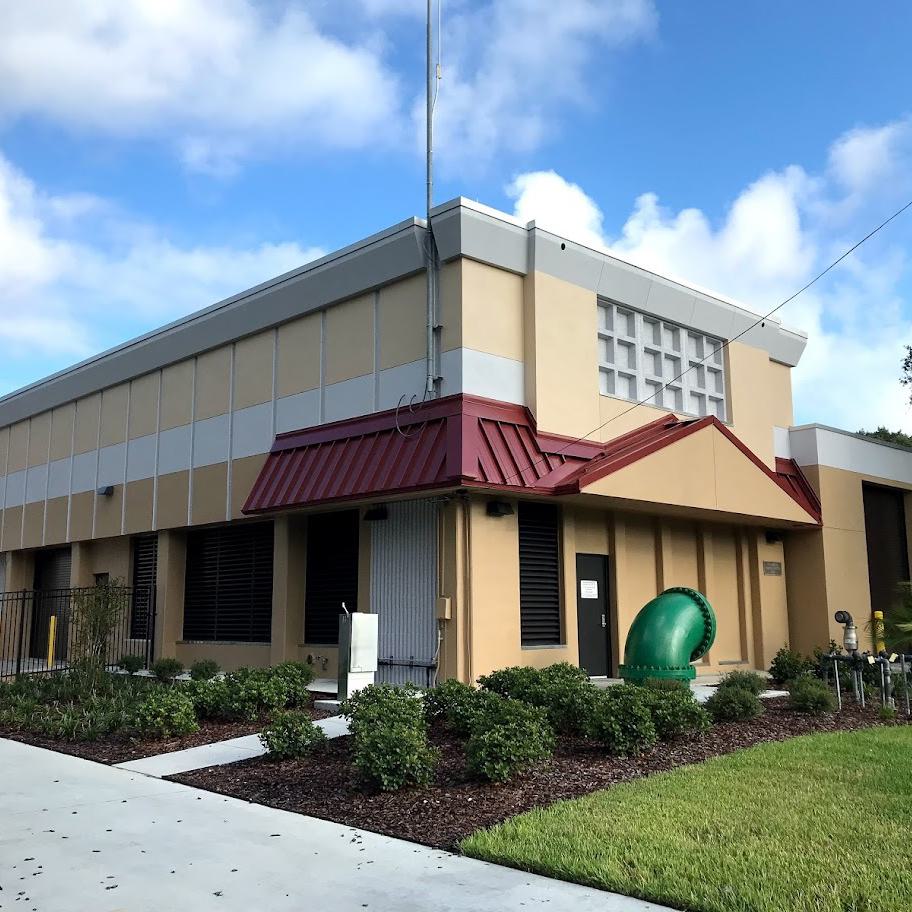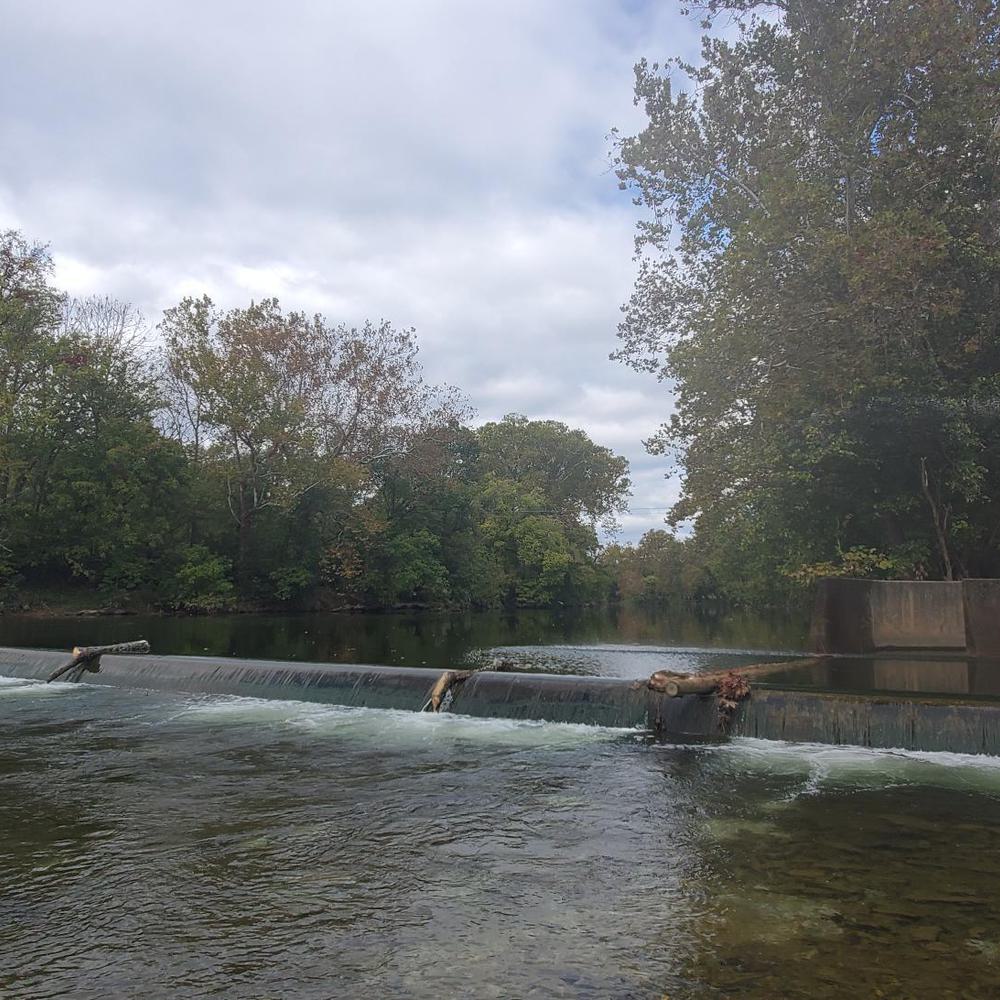Tampa Bay Water Demand and Supply Planning
Tampa Bay Water is Florida’s largest water supply wholesaler, providing water to six member utilities, which in turn supply potable water to approximately two million residents. To help ensure a steady supply of high quality water, Hazen and Sawyer has provided a variety of water supply reliability planning and forecasting services to Tampa Bay Water.
Several projects have been integrated to support both long-term planning and short-term operational decisions, and have included the development of advanced water demand forecasting tools, modeling and assessment of surface water availability and alternatives, and water shortage mitigation.

Jack Kiefer is a nationally recognized expert in issues related to water demand management and planning, particularly in the areas of water demand modeling, forecasting and conservation program evaluation.
Related Topics:

Since 2000, Hazen and Sawyer has been instrumental in helping Tampa Bay Water develop a better understanding of their actual and projected demands and implications on water supply development options. The central tool for this support is Tampa Bay Water’s Long-Term Demand Forecasting System (LTDFS), a probabilistic demand forecasting model developed by Hazen and Sawyer. The LTDFS relates future demand in various prominent water use sectors to projected regional economic and meteorological conditions, and is used to produce ranges of forecasted demand based on potential variability in future economics and weather.
Hazen and Sawyer has been heavily involved in assessing potential changes in supply yield and reliability achievable from these potential modifications to Tampa Bay Water’s Enhanced Surface Water System (ESWS). Central to this support has been a series of configurable ESWS operations models developed for Tampa Bay Water. Hazen and Sawyer has led advanced efforts in modeling, simulating, and forecasting potential variability in the amount of water available from Tampa Bay Water’s ESWS stream sources. Using stochastic hydrology techniques, Hazen and Sawyer developed the Flow Modeling System, a large system of statistical flow models that generate probabilistic simulated or forecasted seasonal, monthly, and daily flow time series for the source streams.
Ensuring Supply Meets Demand
As part of our work, we developed risk-based water demand and supply forecasts to assess future water needs.

These models of demand and supply have been integrated into a Future Needs Analyses, which has leveraged demand projections, surface water availability, and system operations models to estimate the probability and potential magnitude of future need (forecasted demand minus forecasted supply). Tampa Bay Water has used these results to plan their timing and sizing of supply and demand management investments, explicitly using risk mitigation as a decision criterion.
Project Outcomes and Benefits
- Developed risk-based water demand and supply forecasts to assess future water needs, which supported decisions concerning the level and timing of capital investments.
- Modeled withdrawals from existing streamflow sources, storage of withdrawals in the existing off-stream reservoir, and production of finished water in the existing surface water treatment plant and simulated new operations to leverage new supply sources, permits, and operation rules, expansion of existing system components, and addition of new components.
- Designed rainfall-, flow-, and reservoir-based triggers to formally identify various levels of drought-related water shortage intensity, as well as specific supply and demand management actions for various shortage levels.




















